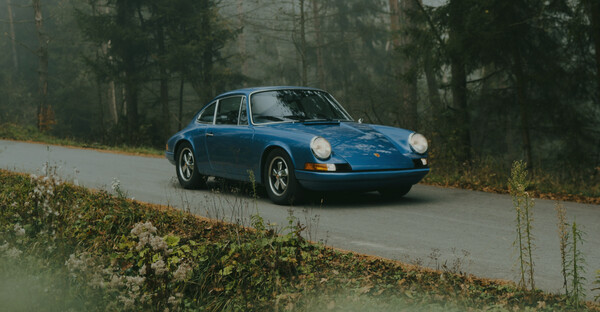Description
The engineering business, Jowett, was founded in 1901 by Brothers Benjamin and William Jowett, and Arthur C. Lamb. They had workshops in Bradford, West Yorkshire in England. At first they were a general engineering company making cycles, engines for driving machinery, cars and motorcycles. In 1904 they became the Jowett Motor Manufacturing Company and in 1906 they produced their first light car going into full production in 1910. During the First World War, like many other engineering businesses, their factory was turned over to munitions manufacture.
In 1919 Jowett Cars Limited, a private new company was formed to make and sell motorcars, and carry on the business of the pre-war company. It became a public company listed on the stock exchange in 1935. Throughout the 1920’s and 30’s various models were produced including commercial vehicles. During the Second World War the company again worked on engineering developments to help the war effort, including producing aircraft components.
Production restarted after the war with a new streamlined car called the Jowett Javelin designed by a team led by Gerald Palmer, who also worked at MG and several other British manufacturers. The result was a car capable of 80 MPH (130 KM/ H) with excellent handling. It was a very advanced design with a flat-four push-rod engine, independent front suspension with torsion bars front and rear, and a unitary body construction.
In 1950 the Javelin was joined by the Jupiter, an open sports car. Lawrence Pomeroy of The Motor magazine together with ERA (English Racing Automobiles) persuaded Eberan von Eberhorst who had been responsible for design at the legendary Auto Union company, to design the very advanced tubular steel chassis. Like the Javelin the Jupiter used torsion bars and anti-roll bars front and rear. The front suspension was independent. It was a very advanced designed that allowed for fine tuning of the suspension, and the engine was ideal for competition use.
The Jupiter achieved competition success with a record-breaking class win at the 1950 Le Mans 24 Hour race, a class one-two in the 1951 Monte Carlo International Rally, an outright win in the 1951 Lisbon International Rally, and a class one-two in a gruelling four-hour sports car race on the public road at Dundrod Circuit in Northern Ireland in September 1951. This was a resurrection of the famous Ulster Tourist Trophy races of 1928-1936 previously run on the 13. 7-mile (22. 0 km) Ards circuit. Le Mans was again class-won in 1951 and 1952, and lesser events were taken in 1952 but by 1953 newer faster cars were proving a match for the Jupiter which was after all a well-appointed touring car first and foremost.
This car has a more extensive racing history that any other Jowett Jupiter. It was campaigned many times with great success by Dublin Grand Prix driver Joe Kelly. Contemporary race programs and results record numerous meetings at Goodwood, Boreham, and Leinster, including the British Empire Trophy Race in 1952. As such the car is eligible with nearly every international race events including the Mille Miglia. It is a car that can line up on the starting grid with cars such as the Jaguar C Type, Maserati, Fraser Nash and other cars of the period.








